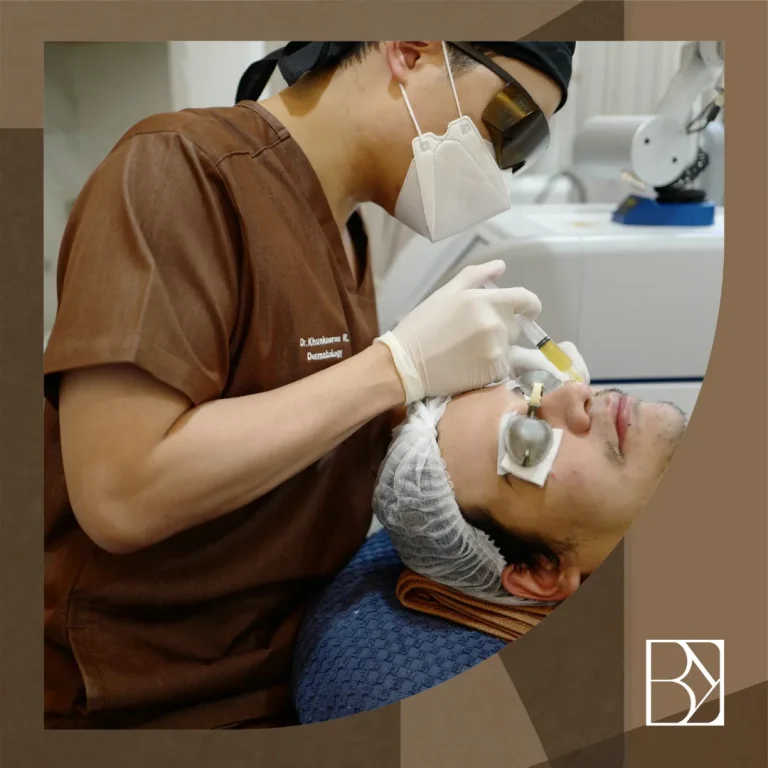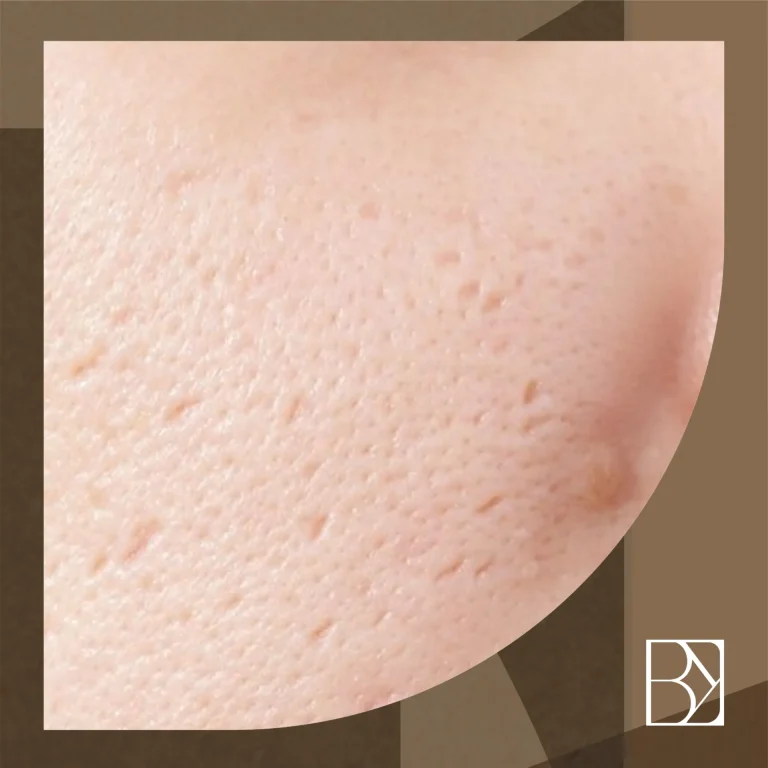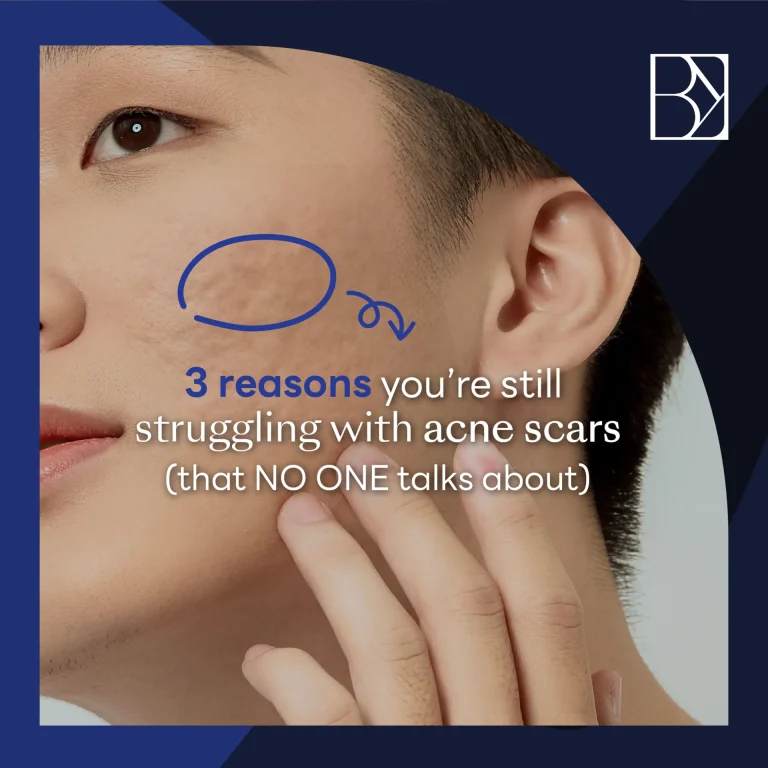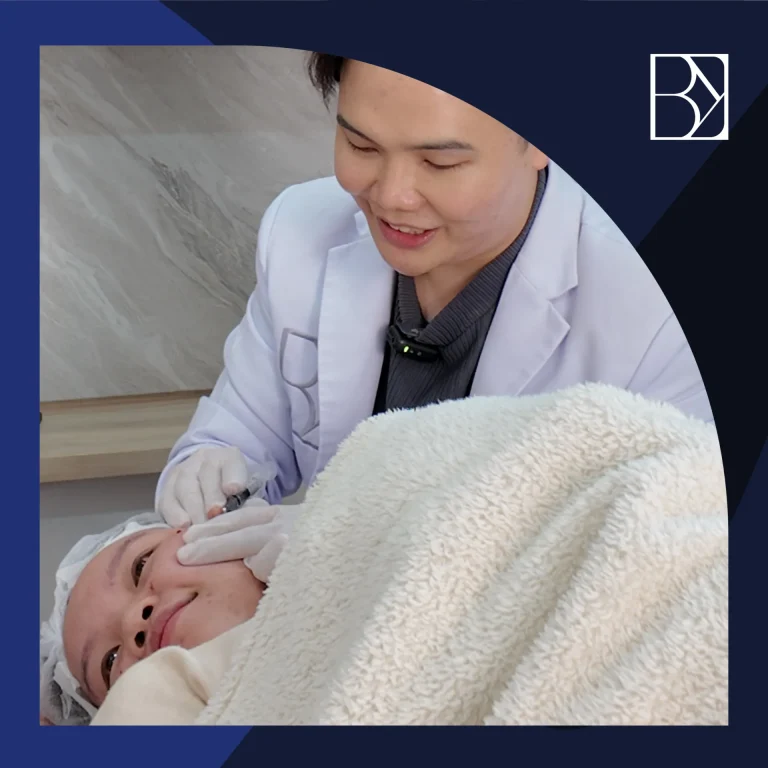Subcision Acne Scar Treatment vs. Lasers
If you’ve tried lasers for acne scars—especially the much-hyped picosecond laser—and still feel like your skin hasn’t improved, you’re not alone. Many people invest in resurfacing treatments thinking acne scars are surface flaws. But here’s the truth: most scars go deeper. That’s why relying on laser alone without subcision acne scar treatment often leads to underwhelming results.
To truly transform scarred skin, one technique stands out as essential: subcision acne scar treatment. For many patients, it’s the missing piece of the puzzle.
Acne Scars Aren’t Just Skin-Deep
Acne scars are not just pigmentation issues or uneven texture. They’re the result of structural damage in the dermis caused by inflammation and collagen loss.
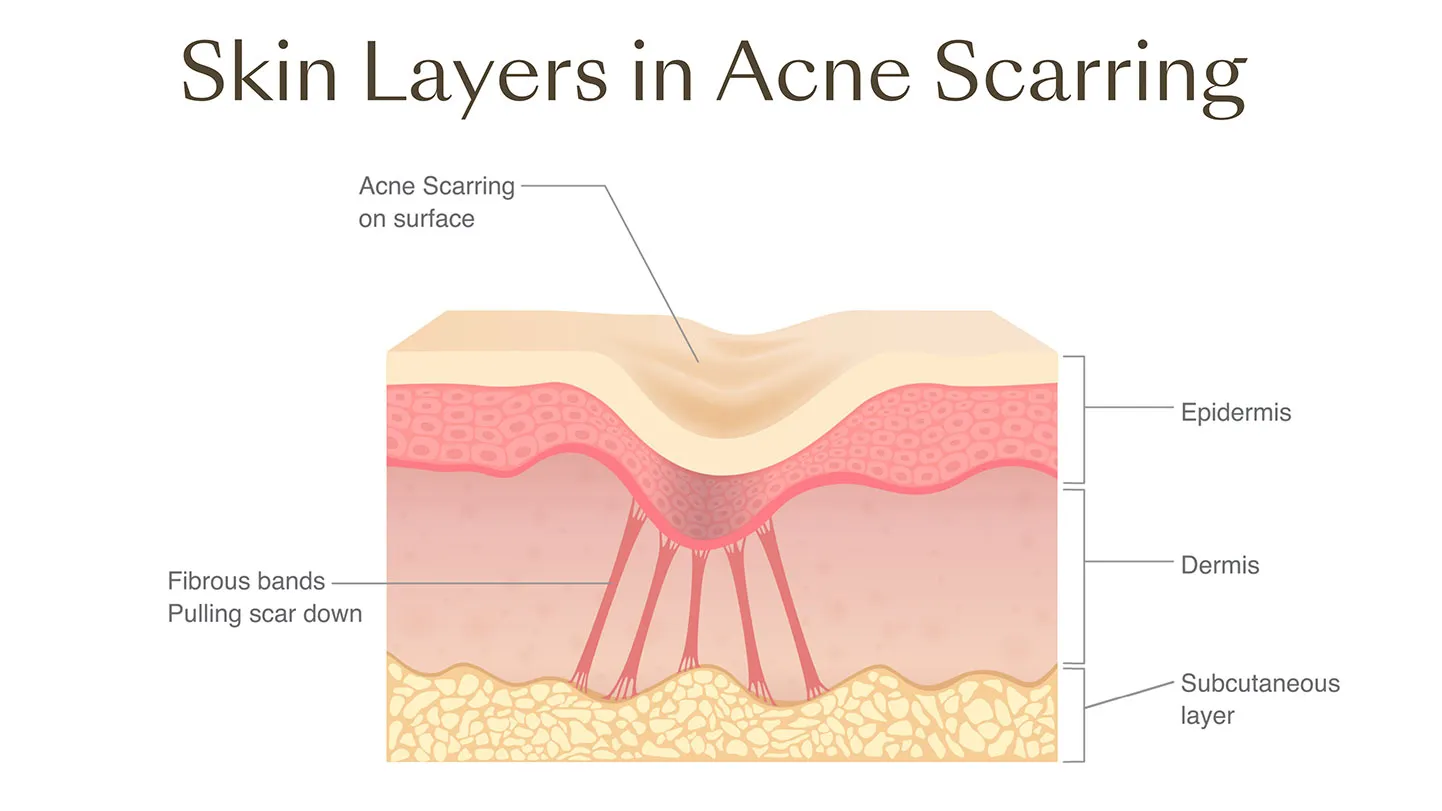
Imagine your skin like a building:
-
Pigmentation issues are like chipped paint.
-
True scars are like a collapsed floor.
Lasers like pico can “repaint” the walls, but only subcision acne scar treatment can rebuild the foundation.
The Over-Promise of Lasers
Picosecond lasers are popular for acne scar treatment. They do help with:
-
Post-acne pigmentation
-
Skin tone
-
Mild collagen stimulation
But here’s what they can’t do: break the fibrotic bands behind deep atrophic scars (rolling, tethered, boxcar).
👉 Relying on lasers alone is like ironing a dimpled mattress. The surface may look smoother for a while, but the dents remain.
Why Subcision Acne Scar Treatment Comes First
At BetterKhun Clinic, we sequence treatments for maximum results:
-
Subcision acne scar treatment → breaks fibrotic tethers and lifts the scar base.
-
Laser resurfacing (pico/fractional) → smooths and refines the surface once scars are released.
This combo ensures your investment in lasers isn’t wasted.
👉 Related reading: Totalised Scar Program for All Acne Scar Types
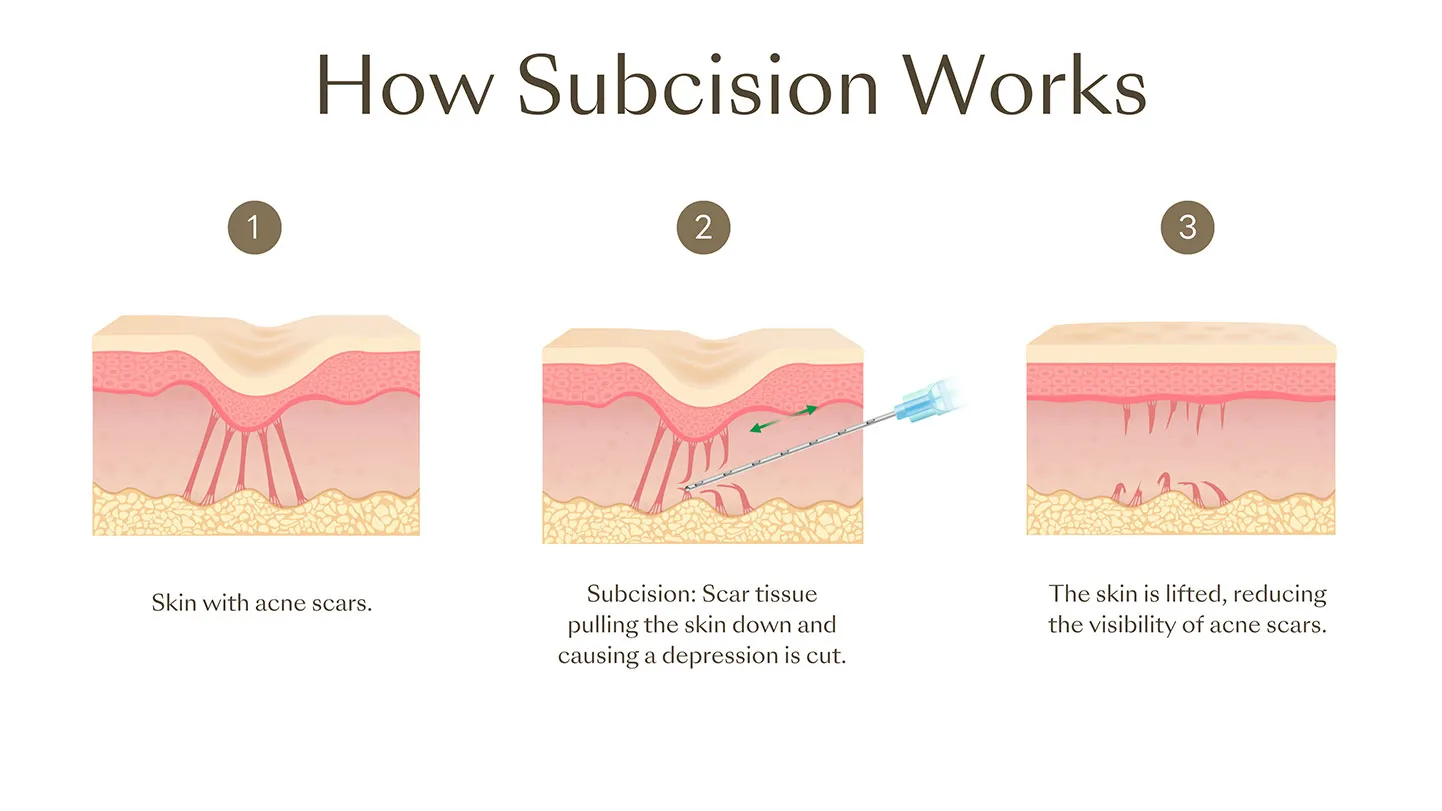
What Happens If You Skip Subcision?
Even the most advanced lasers can’t replace subcision. Without it, results are often:
-
Disappointing
-
Short-lived
-
Costly
We’ve seen countless patients spend thousands on laser sessions elsewhere, only to discover that subcision was the missing step.
What Is Subcision, Really?
Subcision is a minor procedure where fibrous scar bands are cut, releasing tethered skin. Two things happen:
-
The skin lifts as tethers release.
-
Collagen production is stimulated deep in the dermis.
This dual action makes subcision acne scar treatment unique. No laser can cut those fibrotic strands. That’s why lasers alone plateau, no matter the technology.
Our Approach to Subcision Acne Scar Treatment
At BetterKhun Clinic, subcision is performed by trained specialists using blunt cannulas or needles to minimize downtime. Depending on your goals, it’s paired with:
-
Program Biostimulators (Sculptra, Radiesse) → long-term collagen rebuilding
-
Program HA fillers → immediate correction of volume loss
-
Energy-based devices → for skin tightening and healing
-
Regenerative therapies → to support scar remodeling

Final Thoughts: Invest in What Works
No single treatment is a miracle. Acne scar revision is a journey. But when subcision acne scar treatment is included, results are smoother, more natural, and long-lasting.
If you’re considering laser—or have tried it without success—don’t lose hope. The problem isn’t your skin. It’s that the foundation wasn’t fixed first.
At BetterKhun BK Clinic, we specialize in Acne Scar Treatment in Bangkok led by a team of trusted doctors. Our personalized approach targets the root cause of acne scars by stimulating collagen production for long-term skin regeneration—not just surface-level results. With advanced technologies and doctor-designed treatment plans, we help you achieve smoother and clearer skin.





Bangkok, Thailand

